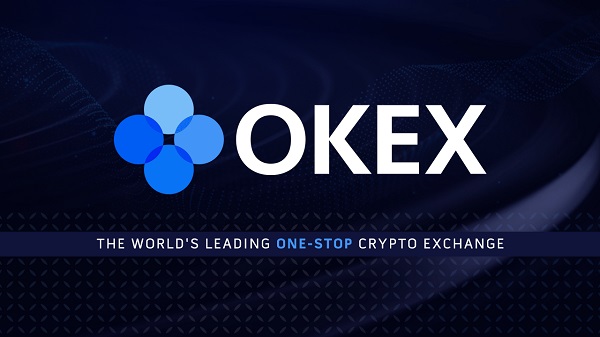Regulatory Dynamics: State vs. Federal Oversight of Stablecoin Issuers

Rongchai Wang
Oct 04, 2024 17:24
Explore the implications of state versus federal regulation on stablecoin issuers, including risks and benefits, as analyzed by Paxos. Understand the challenges and opportunities in the evolving regulatory landscape.
The burgeoning stablecoin market, now valued in the hundreds of billions, is drawing increasing attention to its regulatory landscape, particularly in the United States. The ongoing debate between state and federal regulation is pivotal for stablecoin issuers and the broader cryptocurrency ecosystem, as highlighted by a recent analysis from Paxos.
Understanding Stablecoins and Their Issuers
Stablecoins are digital currencies pegged to stable assets like the U.S. dollar. Currently, over $160 billion of the stablecoin market is tied to the USD. Issuers of these coins are responsible for converting fiat into stablecoins and vice versa, maintaining reserves to back these digital assets. The distinction between regulated and unregulated issuers is crucial, as it determines the oversight and security of reserves.
Regulated issuers, such as those supervised by the New York Department of Financial Services (NYDFS), adhere to stringent standards regarding reserve management and customer asset segregation. This regulatory framework ensures that funds are kept in low-risk, liquid assets and comply with anti-money laundering and know-your-customer regulations. In contrast, unregulated issuers lack such oversight, posing potential risks to consumers.
State-Level Regulatory Advantages
State regulators have a strong track record in managing financial entities like trust companies and money transmitters. Their regulations are often tailored to local needs, providing robust consumer protection. However, proposed federal legislation raises concerns about preemption, where federal law could override state regulations. This shift could undermine state regulatory authority and local consumer protections.
Federal preemption poses several risks:
State-Level Funding: States rely on revenues from licensing fees and fines. Federal oversight could diminish these funds, impacting state regulatory activities.
Innovation: State frameworks are typically more agile, adapting quickly to technological advances. A federal approach might impose rigid standards, stifling local innovation.
Localized Regulation: States can address specific local needs effectively, which might be overlooked under a centralized federal system.
Proposed Legislative Frameworks
The ongoing legislative discussions aim to create a balanced regulatory environment. The Clarity for Payment Stablecoins Act, passed by the House Financial Services Committee, proposes a dual state and federal framework, setting a “federal floor” for regulatory standards. This would ensure that all issuers meet high standards regarding fund segregation, reserve management, and transparency.
The Act also provides issuers the option to choose federal regulation, allowing them to select the most suitable pathway for their business models. If a federal payments regulator is deemed necessary, Congress must ensure uniform standards across all payment firms, whether regulated by the Federal Reserve, the Office of the Comptroller of the Currency (OCC), or another entity.
For further insights into the regulatory discourse surrounding stablecoins, visit [Paxos](https://paxos.com/blog/stablecoin-policy-101-state-vs-federal-regulation-of-stablecoin-issuers/).
Image source: Shutterstock













